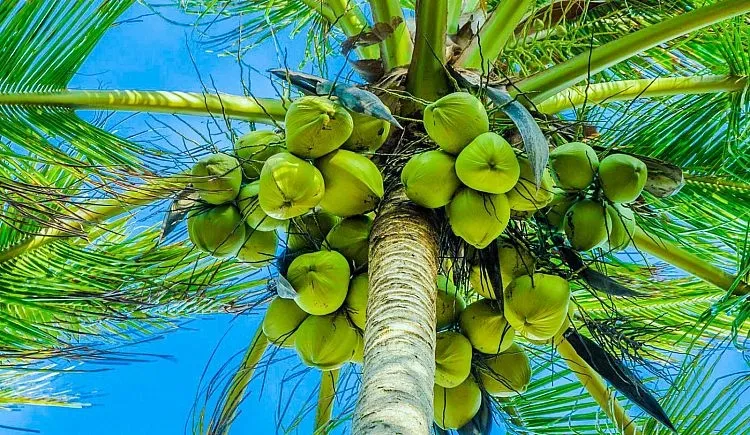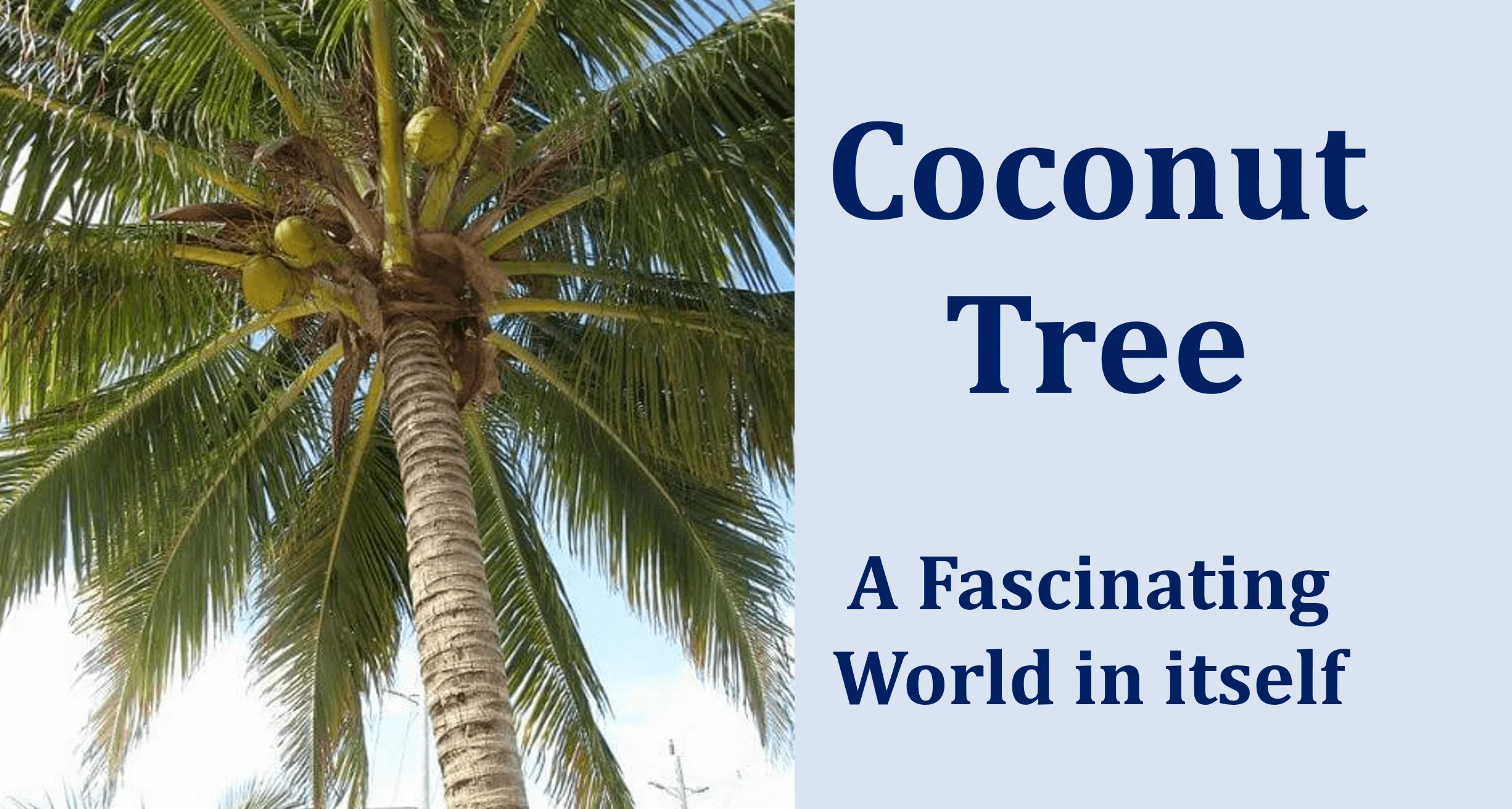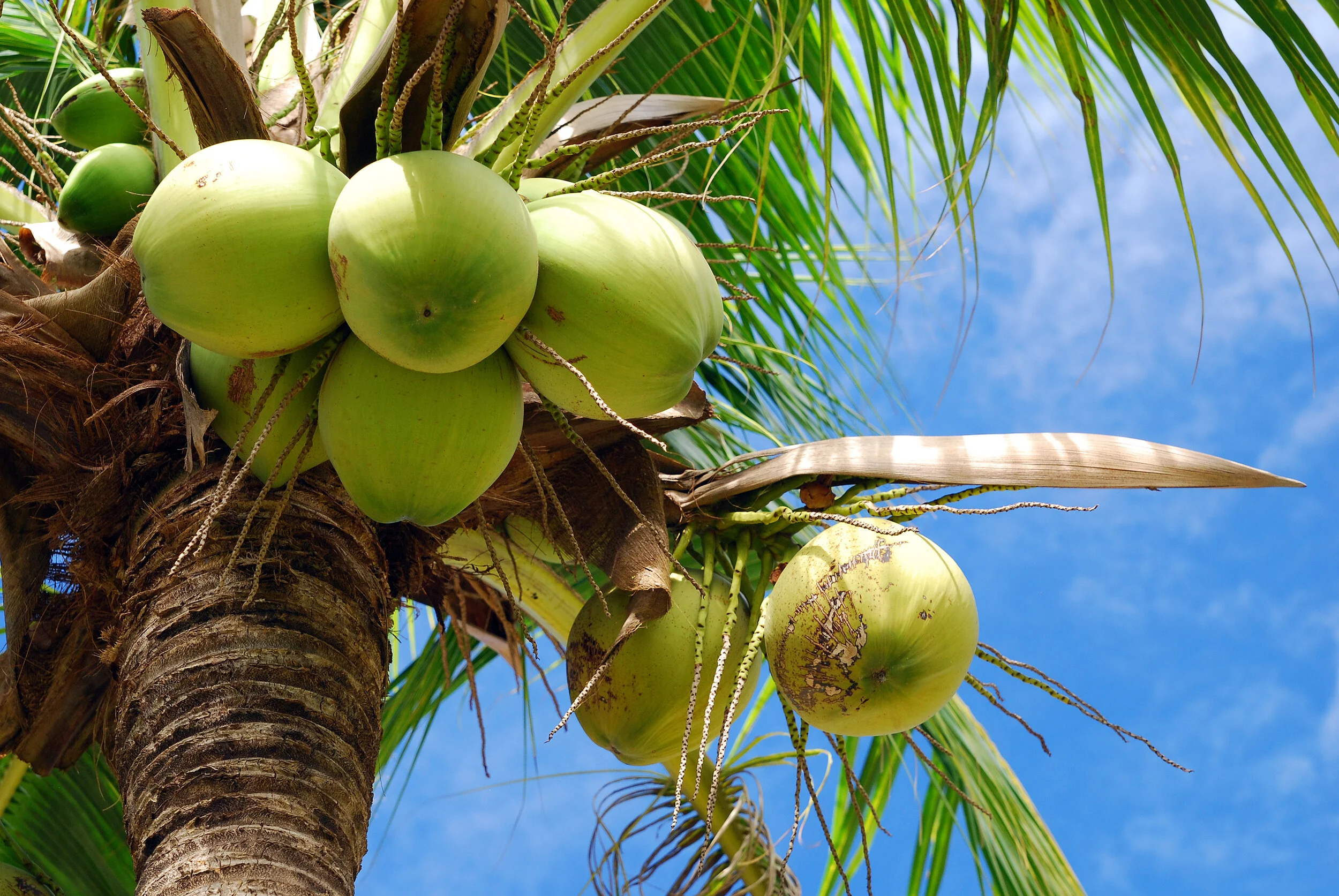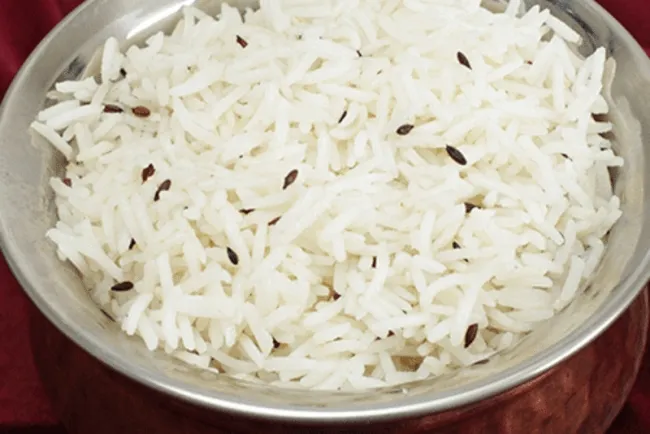The Coconut Tree: A Symbol of Versatility and Sustainability...!!!
The coconut tree symbolizes versatility and sustainability, offering a wide range of uses from food and medicine to construction and environmental benefits. Its cultural and economic significance further highlights its importance in human life.

The coconut tree (Cocos nucifera) stands as one of the most versatile and widely utilized trees in tropical and subtropical regions. Frequently referred to as the "Tree of Life," it provides a myriad of resources, including food, shelter, and various industrial products. Here's a comprehensive look at the coconut tree and its diverse uses.
Description of the Coconut Tree
The coconut tree is a tall, slender palm characterized by a single, straight trunk that can grow up to 30 meters (98 feet) in height. It features a crown of large, feathery fronds that can extend up to 6 meters (20 feet) in length. The tree produces coconuts, which are large, oval fruits with a hard, fibrous husk and a nutritious kernel inside.
Uses of the Coconut Tree
1. Food and Beverages:
-
Coconut Water: This clear liquid found inside young coconuts is a popular, refreshing drink rich in electrolytes and vitamins, making it an excellent natural hydration source.
-
Coconut Milk and Cream: The grated flesh of mature coconuts is used to extract coconut milk and cream, staple ingredients in many tropical cuisines. They are used in curries, soups, desserts, and beverages.
-
Coconut Oil: Extracted from the dried kernel (copra) of the coconut, coconut oil is widely used in cooking and baking. It is also a key ingredient in many processed foods, such as margarine and non-dairy creamers.
-
Desiccated Coconut: The dried, grated flesh of the coconut, known as desiccated coconut, is used in baking, confectionery, and as a topping for various dishes.
-
Coconut Meat: The white, edible flesh of the coconut can be eaten fresh or dried. It is used in a variety of culinary applications, including salads, snacks, and traditional dishes.
2. Construction and Craftsmanship:
-
Timber: The trunk of the coconut tree, also known as coconut timber or coco lumber, is used in construction and furniture making. It is durable and provides an eco-friendly alternative to traditional hardwoods.
-
Thatch and Weaving: The leaves of the coconut tree are used for thatching roofs and weaving mats, baskets, and other household items. The strong, flexible leaves are ideal for crafting.
-
Coir: The fibrous husk of the coconut, known as coir, is used to make ropes, mats, brushes, and other products. Coir is biodegradable and resistant to saltwater, making it suitable for various applications.

3. Medicine and Health:
-
Coconut Oil: Known for its antimicrobial and anti-inflammatory properties, coconut oil is used in traditional medicine for treating skin conditions, wounds, and infections. It is also popular in modern health and wellness for its potential benefits in skincare and haircare.
-
Coconut Water: In traditional medicine, coconut water is used to treat dehydration, digestive issues, and urinary problems. It is also consumed as a natural remedy for maintaining overall health.
4. Industrial and Commercial Products:
-
Biofuels: Coconut oil serves as a raw material for producing biodiesel, an eco-friendly alternative to conventional diesel fuel. Biodiesel made from coconut oil is used in transportation and industrial applications.
-
Cosmetics and Personal Care: Coconut oil is a common ingredient in cosmetics, soaps, shampoos, and skincare products. Its moisturizing and nourishing properties make it beneficial for the skin and hair.
-
Animal Feed: The by-products of coconut oil extraction, such as coconut meal, are used as animal feed. Coconut meal is a valuable source of protein and energy for livestock.
5. Environmental and Ecological Benefits:
-
Erosion Control: Coconut trees help prevent soil erosion in coastal areas and riverbanks. The extensive root system stabilizes the soil and protects against erosion caused by wind and water.
-
Carbon Sequestration: Like other plants, coconut trees absorb carbon dioxide from the atmosphere during photosynthesis. This process helps mitigate climate change by reducing the concentration of greenhouse gases.
Cultural and Economic Significance
1. Cultural Symbolism:
-
The coconut tree holds cultural and religious significance in many societies. It is often associated with prosperity, fertility, and resilience. In some cultures, coconuts are used in religious ceremonies, traditional rituals, and celebrations.
2. Economic Impact:
-
The cultivation of coconut trees and related industries provide employment and income for millions of people worldwide. The production and trade of coconut products contribute significantly to the economies of many tropical and subtropical countries. The versatility and high demand for coconut products make the coconut tree an essential economic resource.

Challenges and Sustainability
1. Environmental Concerns:
-
Coconut tree cultivation can have environmental impacts, such as deforestation and habitat loss. Sustainable farming practices and responsible sourcing are essential to address these issues and ensure the long-term viability of coconut resources.
2. Sustainable Practices:
-
Efforts to promote sustainable coconut production include certification programs and initiatives to support eco-friendly and socially responsible practices. These initiatives aim to ensure that coconut farming benefits both the environment and local communities.
The coconut tree symbolizes versatility and sustainability, offering a wide range of uses from food and medicine to construction and environmental benefits. Its cultural and economic significance further highlights its importance in human life. Promoting sustainable practices in coconut tree cultivation and product use is crucial to preserving this valuable resource for future generations.
What's Your Reaction?

















